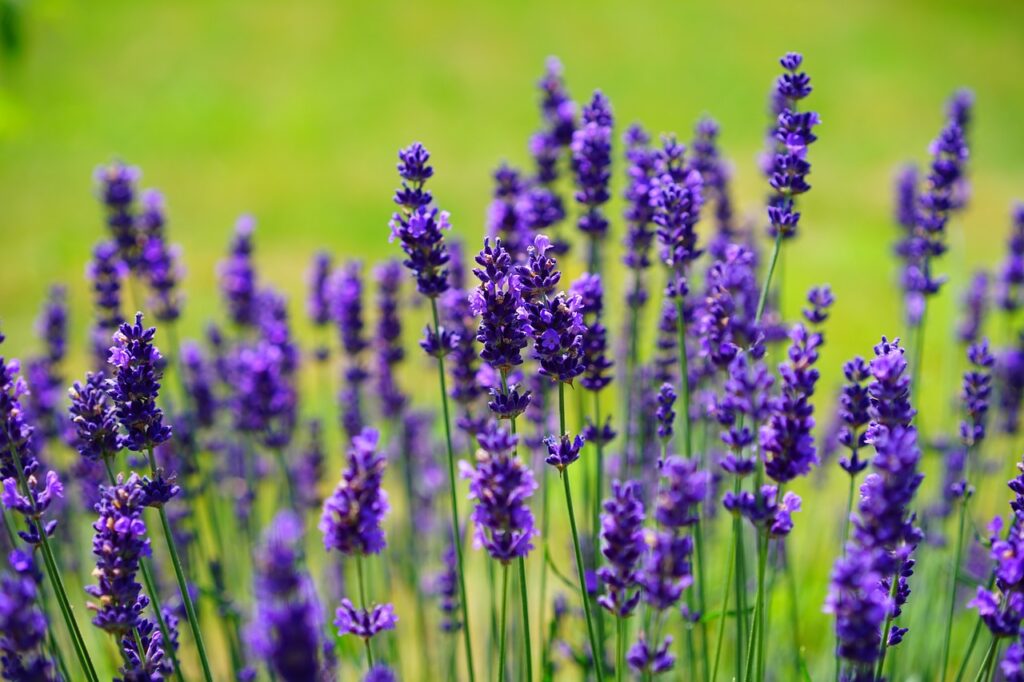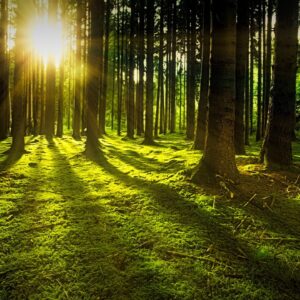Are you ready to transform your shady garden into a lush and vibrant oasis? Look no further! In this comprehensive guide, we will walk you through the best plants and practices for shade gardening. Whether you have a small patch of shade or an entire yard covered in darkness, we’ve got you covered.
First, we will help you understand the different types of shade, so you can choose the right plants for your specific conditions. Then, we’ll delve into the world of shade-tolerant plants, highlighting the top performers that will thrive in low-light environments.
Next, we’ll discuss the importance of creating a well-drained soil environment, as excess moisture can be a challenge in shaded areas. We’ll provide you with expert tips and techniques to ensure your plants’ roots stay healthy and happy.
But shade gardening isn’t just about minimizing sunlight – it’s also about maximizing it! We’ll reveal clever ways to capture and redirect sunlight to make the most of your shaded spaces.
Lastly, we’ll guide you through proper watering and maintenance techniques, ensuring your shade garden flourishes with minimal effort.
So, grab your gardening gloves and get ready to create a stunning shade garden that will be the envy of all your neighbors!
Understanding Different Types of Shade
When it comes to shade gardening, it’s important to understand the various types of shade that can affect the growth and success of different plants. Shade can vary in intensity, duration, and quality, and it’s crucial to recognize these differences in order to choose the right plants and implement the best practices for your shade garden.
There are three main types of shade: light shade, partial shade, and full shade. Light shade occurs when there is filtered sunlight throughout the day, providing a moderate amount of light for plants. Partial shade refers to areas that receive a few hours of direct sunlight each day, while full shade means that the area gets no direct sunlight at all.
By identifying the type of shade in your garden, you can select plants that thrive in those specific conditions and create a beautiful and successful shade garden.
Selecting Shade-Tolerant Plants
To create a vibrant shade garden, you’ll want to choose plants that thrive in low light conditions. Shade-tolerant plants are the key to a successful shade garden.
When selecting plants, look for those that are labeled as shade-tolerant or shade-loving. These plants have adapted to grow and thrive in areas with limited sunlight. Some popular shade-tolerant plants include hostas, ferns, astilbes, and impatiens. These plants not only tolerate shade but also add beauty and texture to your garden.
When planting, make sure to prepare the soil properly and provide adequate moisture as shade gardens typically have less water evaporation. Remember to regularly monitor and care for your shade-tolerant plants to ensure their health and longevity in your garden.
Creating a Well-Drained Soil Environment
For optimal plant growth in shady areas, it’s essential to ensure your soil is well-drained and able to support healthy root development. Shade-loving plants can be more susceptible to root rot and other water-related issues, so creating a well-drained soil environment is crucial.
Start by amending your soil with organic matter like compost or peat moss to improve its drainage capabilities. This will help prevent water from pooling around the roots and causing damage. Additionally, consider incorporating perlite or vermiculite into the soil mixture to further enhance drainage.
It’s also important to avoid overwatering your shade garden, as excess water can lead to waterlogged soil. By following these practices, you’ll create a soil environment that promotes the health and vitality of your shade-tolerant plants.
Maximizing Sunlight in Shaded Areas
Make the most of the limited sunlight in shady areas by strategically placing reflective surfaces to bounce sunlight onto your plants, ensuring they thrive and bring beauty to your garden.
One effective way to maximize sunlight is by using mirrors or shiny materials on fences or walls surrounding your garden. These surfaces will reflect sunlight onto your plants, providing them with additional light.
Another option is to use light-colored mulch or gravel around your plants. These materials will reflect sunlight back up towards the plants, increasing the amount of light they receive.
Additionally, consider using reflective planters or containers for your shade-loving plants. These containers will help redirect sunlight towards the plants, giving them a boost in light exposure.
By implementing these strategies, you can make the most of the limited sunlight in shaded areas and create a vibrant and thriving shade garden.
Proper Watering and Maintenance Techniques
Ensure that you water and maintain your shade garden properly for optimal growth and health.
When it comes to watering, it’s important to strike the right balance. Too much water can lead to root rot, while too little can cause the plants to wither.

Check the soil moisture regularly by inserting your finger about an inch into the soil. If it feels dry, it’s time to water.
Use a watering can or a hose with a gentle spray to water the plants thoroughly, ensuring that the water reaches the roots.
Additionally, remove any weeds or dead leaves regularly to prevent competition for nutrients and sunlight.
Pruning is also essential to promote air circulation and prevent overcrowding.
By following these watering and maintenance techniques, you’ll ensure that your shade garden thrives and remains healthy.
Conclusion
In conclusion, you now have a comprehensive guide to shade gardening.
By understanding different types of shade and selecting shade-tolerant plants, you can create a beautiful garden even in low-light areas.
Remember to create a well-drained soil environment and maximize sunlight in shaded areas for optimal plant growth.
Lastly, proper watering and maintenance techniques are key to ensuring the health and vitality of your shade garden.
With these practices in mind, you can enjoy a thriving garden full of beautiful plants, even in the shadiest of spots.
So get gardening and watch your shade garden flourish!





